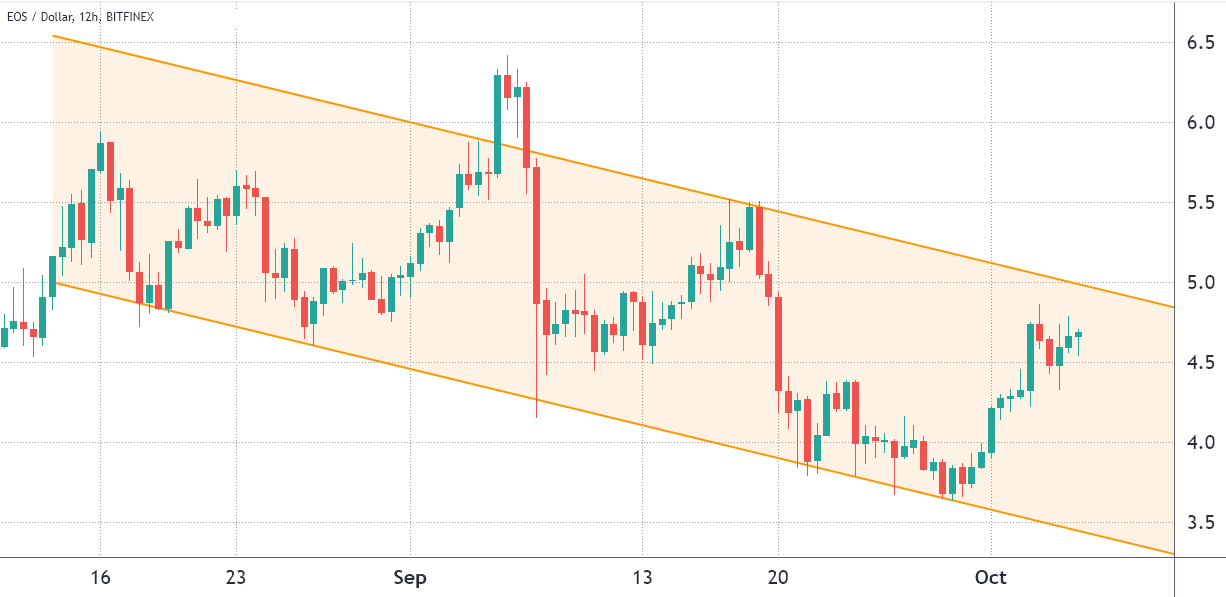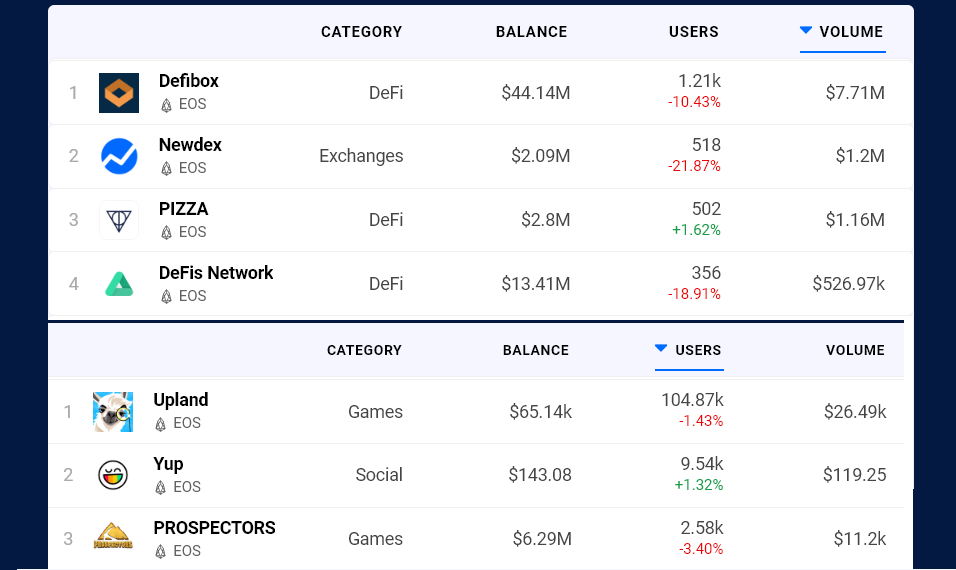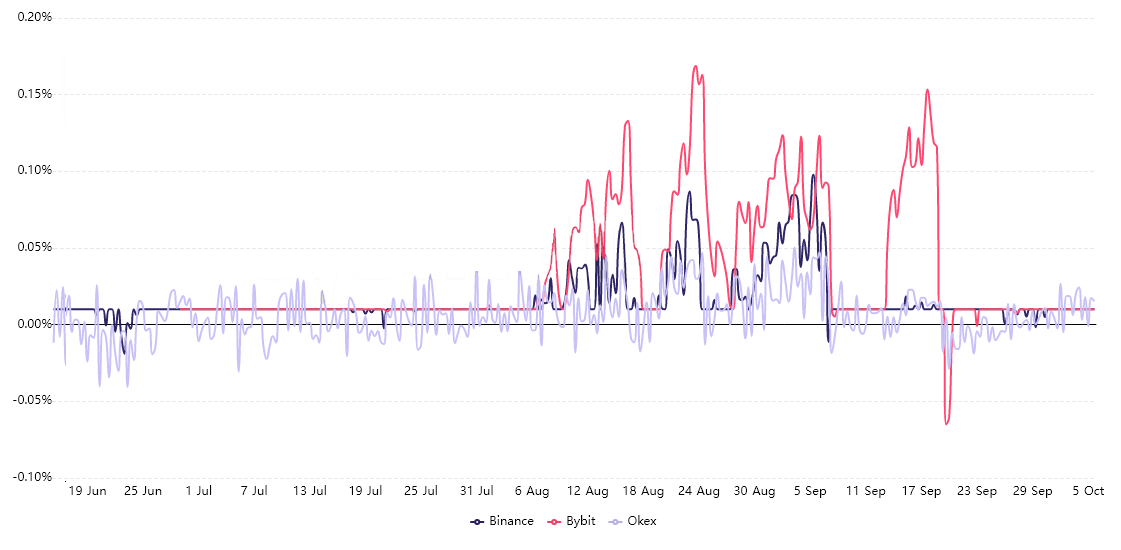EOS began a descending trend 53 days ago and despite the recent 27% weekly gain, the altcoin is not showing any signs of a reversal. As a result, investors are questioning whether the former top-5 cryptocurrency has what it takes to turn around after Daniel Larimer, CTO of the development company behind EOS, resigned in late 2020.

EOS might not be the preferred smart contract network of the day, but a handful of working finance, games, exchanges, and decentralized social applications are running. The transaction cost for the user is either negligible or usually covered by the wallet or application, which makes it a great contender for non-fungible tokens (NFT) and social networks.

According to its website, all Bullish exchange transactions and states will be validated and stored on EOSIO-based blockchains, enabling instant auditing and upholding integrity. Moreover, the company expects to make $3 billion of assets available to the Bullish liquidity pools.
Retail traders lost confidence after September’s crash
To understand how confident traders are on EOS holding the recent $4.50 support, one should analyze the perpetual contracts futures data. This instrument is the retail traders’ preferred market because its price tends to track the regular spot markets. Unlike quarterly futures, there is no need to manually roll over the contracts nearing expiry.
In any futures contract trade, longs (buyers) and shorts (sellers) are matched at all times, but their leverage varies. Consequently, exchanges will charge a funding rate to whichever side demands more leverage, and this fee is paid to the opposing side.
Neutral markets tend to display a 0% to 0.03% positive funding rate, equivalent to 0.6% per week, indicating that longs are the ones paying it.

Top traders sold during the recent rally
To understand how whales and arbitrage desks may have positioned themselves during this period, one should analyze the top traders’ long-to-short ratio.
This indicator is calculated using clients’ consolidated positions, including spot, perpetual and quarterly futures contracts. This metric provides a broader view of the professional traders’ effective net position by gathering data from multiple markets.

Both retail and pro traders seem unconvinced that the Bullish exchange launch will be enough to break the prevailing bearish trend initiated in mid-August. For EOS to regain investor confidence, it seems essential to show that their decentralized applications are gaining traction as the competition gains ground in NFT and DeFi sector.
The views and opinions expressed here are solely those of the author and do not necessarily reflect the views of Cointelegraph. Every investment and trading move involves risk. You should conduct your own research when making a decision.









Leave A Comment